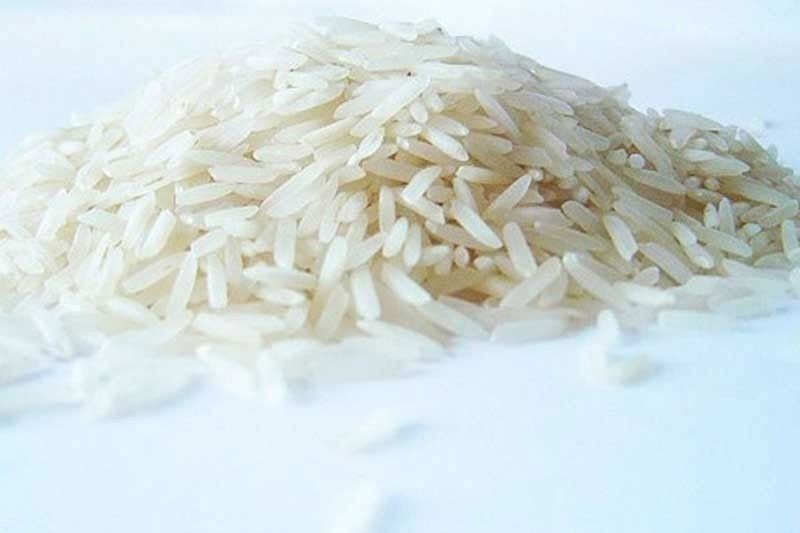Rice supply can last even after El Niño – Marcos Jr.

MANILA, Philippines — The Philippines has sufficient rice supply that can last even after the El Niño phenomenon next year, President Marcos has assured the public.
“The rice situation is manageable and stable,” Marcos said on Tuesday during a meeting with the Private Sector Advisory Council and the Philippine Rice Stakeholders Movement at Malacañang.
Marcos, the concurrent agriculture chief, made the statement days after Agriculture Undersecretary Merceditas Sombillo said that the government is planning to import 1.3 million metric tons of rice.
The President earlier expressed concerns over the combined impact on grain supplies of Typhoon Egay, the El Niño phenomenon and Russia’s withdrawal from the Black Sea Grain Initiative.
Department of Agriculture (DA) and Prism officials presented to Marcos yesterday the rice supply outlook for the country until the end of 2023.
The projected ending stock for 2023 is 1.96 million MT of rice which would last for 52 days, according to Sombillo.
The ending stock projection is based on data from the Philippine Statistics Authority which separately presented an ending stock of 2.12 million MT for 57 days, she added.
“We don’t need to panic for anything else... It’s very important that we are one in our objective to be positive on this. We have enough rice,” Prism lead convenor Rowena del Rosario-Sadicon said in an interview after the meeting.
The importation of rice has yet to be scheduled, she added.
Based on the latest report from the DA’s Disaster Risk Reduction and Management Operations Center, damage and losses in rice due to Typhoons Egay and Falcon amounted to P1.79 billion, affecting 114,735 hectares and posting production losses of 42,778 MT or 0.22 percent of the total annual rice production target of 19.76 million MT.
Palay harvest season starts in September and lasts until November.
‘Don’t panic’
The price of rice will not reach P75 per kilo, Sadicon said.
“There is no reason to panic at this time despite the fact that we have a situation of (rice) export ban from India. The spike (in the price of rice) started because of that,” she said in a radio interview yesterday.
“Based on our meeting with importers from different areas in the country from Luzon, the Visayas and Mindanao, importers are bringing in rice. We have at least 300,000 metric tons that are coming,” she added.
Sadicon noted that the retail price of rice could go up to P60 per kilo “but this is for special rice, not ordinary rice.”
Based on the monitoring of the DA yesterday in Metro Manila markets, the retail price of local regular milled rice reached as high as P49 per kilo, local well-milled rice at P52 per kilo, local premium rice at P56 per kilo and special local rice at P60 per kilo.
Meanwhile, imported well-milled rice is sold as high as P46 per kilo, imported premium rice at P52 per kilo and imported special rice at P65 per kilo.
Palay prices up
Commercial palay prices have increased, averaging P33 to P34.50 per kilo.
Bulacan traders at the Intercity Industrial Estate and Golden City Business Park, two of the major rice trading centers in Luzon, told The STAR that palay prices were at P28 to P29 per kilo before Typhoon Egay hit Central Luzon.
Palay prices spiked after the government’s rice import announcement last week.
Rice trader Tony Santos said the production cost of a kilo of rice will range between P2,530 to P2,606.66 per 50-kilo sack or P50.60 to P52.13 per kilo. These prices do not include the mark-up prices of wholesalers and retailers.
“If traders are willing to buy palay at such higher prices, it means they expect rice prices to go up even further,” Federation of Free Farmers national manager Raul Montemayor told The STAR in a text message.
“The government should have acted sooner. Administrator (Roderico) Bioco of the (National Food Authority) has warned about this problem as early as April this year, but (agriculture) officials seemed to have downplayed it and kept on assuring the public, and maybe even President Marcos, that things were under control,” he added.
Samahang Industriya ng Agrikultura president Rosendo So told The STAR in a phone interview that the landed cost of imported rice from Vietnam is around P2,200 per 50-kilo sack or P44 per kilo, while Thailand costs P2,400 per 50-kilo sack or P48 per kilo.
These prices do not include warehousing, trucking services and other incidental expenses. – Bella Cariaso, Ramon Efren Lazaro
- Latest
- Trending




























